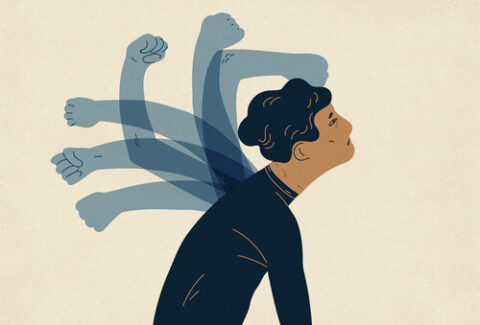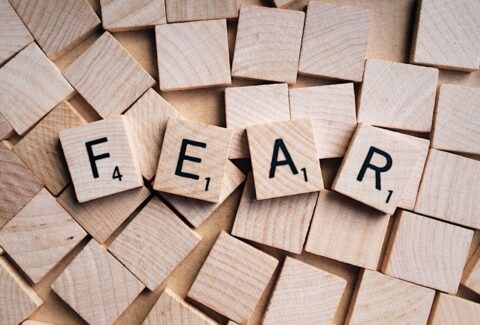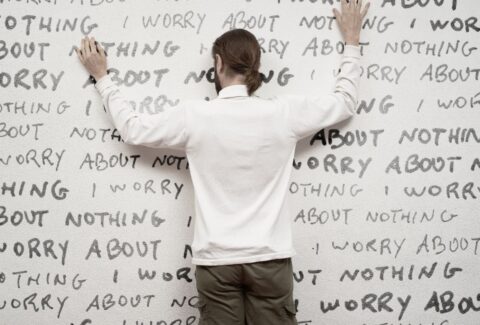The Formula to Help Cease Suffering
Introducing the process of integration.
This article was first published in Psychology Today
The best way to understand others is to understand ourselves. We keep hearing that, yet we hardly understand what that means. We also hear “the clinician treats, but the patient heals herself.” And, once again, what does that really mean? No, not what does that mean intellectually—what does that mean from an experiential standpoint?
Unlike psychotherapy, which has been around for a few centuries, coaching has been around for only a few decades. Many therapists have slowly moved their clinical practice to a coaching one, making use of the same skills they learned in school and in their practice, but through a different lens [1]. However, no research shows the opposite—coaches transforming their coaching practice into a psychotherapy one, though the skills they are using are practically the same as clinicians’. This, then, begs the question: What is that different lens?
Medicine, mental health, and psychotherapy are based on a disease model. This model is based on what’s not working, and it’s based on what’s wrong, what’s to be fixed, and what the patient is not doing.
Coaching, on the other hand, is a strengths-based model. It’s based on what’s working and how to make it work better and faster. It’s based on what’s good and how to make it great, what the strengths are, and what the client is doing, all of which is predicated upon the same skills that clinicians have learned [2].
Here’s the caveat: The moment we start looking for what needs to be fixed, we will always find things that need to be fixed. Similarly, when we start looking for what’s working, we will always end up finding what’s working. The world we live in is one of awareness and consciousness. We experience only that which we are aware of, and we do not come across that which we are not apprised of.
Without any form of judgment or blaming ourselves, much less blaming others, let us take an objective look: In 1952, the DSM-I was 130 pages long and contained 106 mental health conditions. In 1968, the DSM-II was 134 pages long and listed 182 conditions. In 1980, the DSM-III was 494 pages long and listed 265 conditions, and 7 years later, the DSM-III-R was 567 pages long with 292 diagnoses. What about 7 more years later? Well, the DSM-IV came with 410 conditions and was 886 pages. By the time we went from the DSM-I to DSM-IV-TR, we have seen an increase in the number of mental health conditions listed by more than 300 percent [3]. Have we been making them all up?
Yes and No.
For, as the Nobel Prize Laureate Daniel Kahneman explained it, the decision has been made, and we simply justify it as if we had made it consciously. Our consciousness is the decisive factor, and as long as we continue to practice medicine, mental health, or psychotherapy with the same level of consciousness that we have been practicing all along, more conditions are likely to be listed, more patients will be diagnosed, there will be more problems to be fixed, and more money will be spent towards disease management than towards enhancing wellness.
As Einstein said, “We cannot solve a problem with the same mind that created it.” This implies we need a different mind, which simply means we need a different level of consciousness: an update in our “Decisive Factor.” For the Fundamental of Consciousness is constant, and it will not change.
What to do:
- Understand and help others understand that we have been treating individuals on a superficial level, just at the tip of the iceberg, ignoring everything under the water.
- Understand and help others understand that as long as we continue this way, we can guarantee an increase in the number of conditions, in the amount of resources spent trying to treat them, and in the number of disabilities due to illness.
- Understand and help others understand that helping individuals stay well and be better does not take business away from us; on the contrary, we will end up with a richer economy, much more for more people, because we will be helping more individuals create more cool stuff in the world, making it easier for everyone to live a better life with less striving. Data shows that coaches consistently do better than therapists on several levels. And they focus consistently on what can be better instead of what’s not working.
- Understand and help others understand that pointing fingers at anyone does not make things better; clinicians do not have to continue to leave the field, and clinicians can start being the change they want to see in the field, to borrow Gandhi’s suggestion.
How to proceed:
- While helping patients and clients with their psychology and biology, which means with their “Normal Blueprint,” keep in mind that the work is not done and will never be done until we lead them towards their Natural Blueprint.
- Emphasize at all times that behind our psychology and our biology are the “Three Fundamentals” and that behind our Normal Blueprint is our “Natural Blueprint.”
- Understand that our biology and psychology will continue its “normal” pattern of symptom formation, maladaptive coping mechanisms, and disease making, as long as disintegration remains the norm since it is the mechanism of disease.
- Understand that the only way to wellness for all individuals is through the mechanism of integration, which is the opposite of disintegration.
- Emphasize that the process of integration means the fusion of “the Fundamental of Mind,” “the Fundamental of Consciousness,” and “the Fundamental of Thought,” and that mastering the how of reaching integration is the best gift clinicians can ever give to their patients and clients.
There is no one formula to get to integration. But the more practical the formula, the easier it becomes for patients and clients to implement and master. The following formula meets such criteria, and it is the “Triple R Triad”:
- Refocusing
- Restructuring
- Redirecting
Might clinicians hold the key to help ease the suffering in our patients and clients? Might clinicians be the pioneers to help our beloved field catch up with science and to finally realize the dream of Carl Rogers, Abraham Maslow, Albert Ellis, Carl Jung, and Aaron Beck?
Now, like Albert Einstein said, “The distinction between past, present, and future is only a stubbornly persistent illusion.” In this spirit, we are asking you: If not now, when?
References
[1] Holmes, L. (2016, January 03). Should You See A Therapist Or A Life Coach? Retrieved November 28, 2020
[2] Counseling vs. life coaching. (2017, August 04). Retrieved November 28, 2020
[3] Kawa, S., & Giordano, J. (2012, January 13). A brief historicity of the Diagnostic and Statistical Manual of Mental Disorders: Issues and implications for the future of psychiatric canon and practice. Retrieved November 28, 2020









